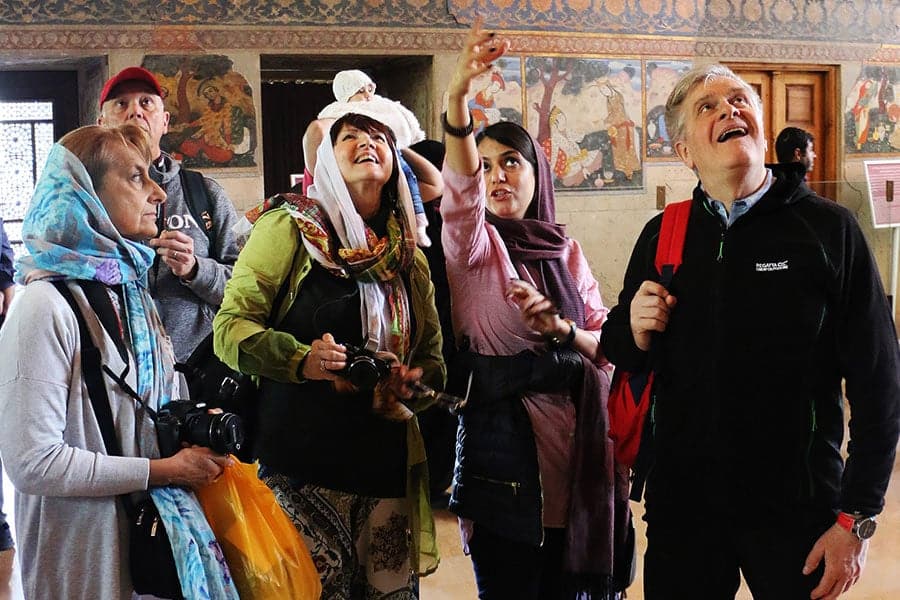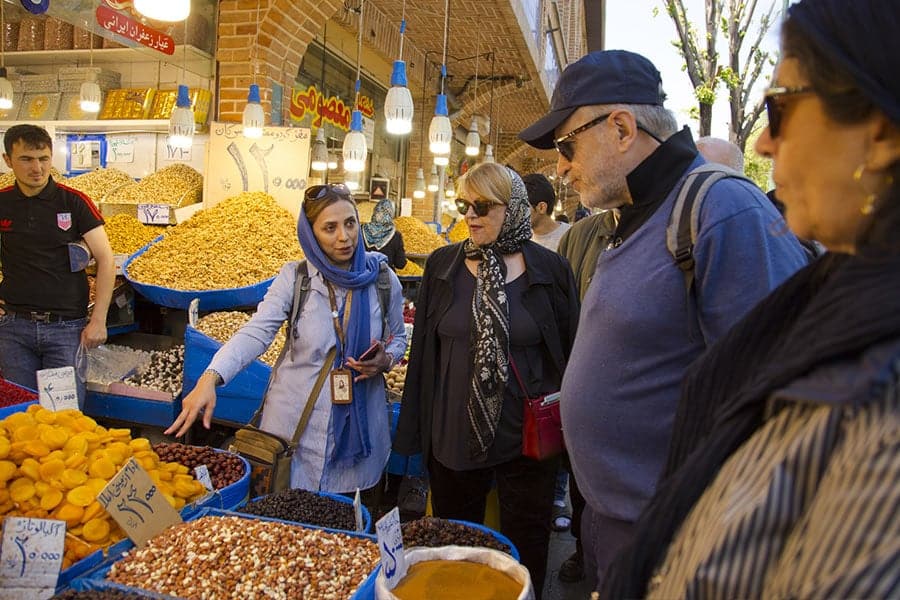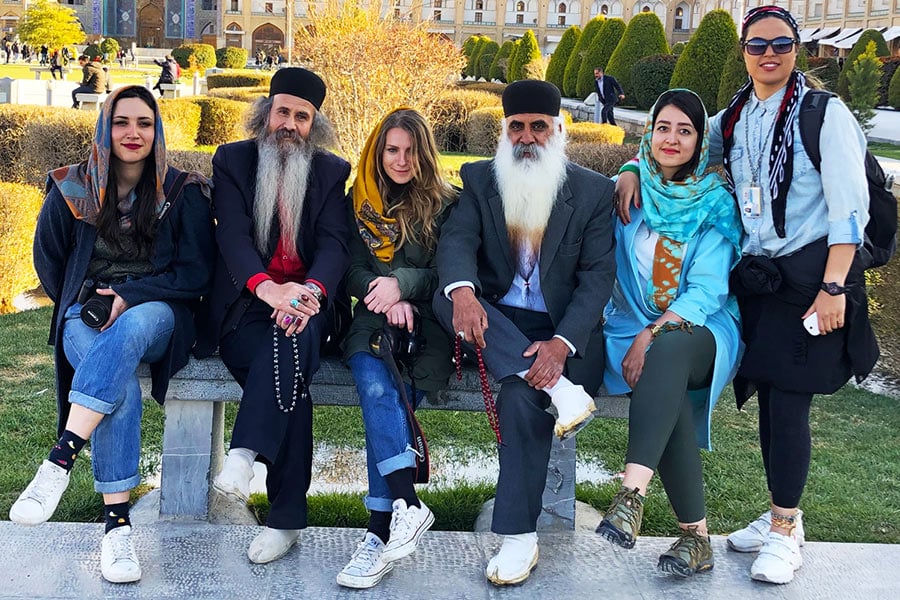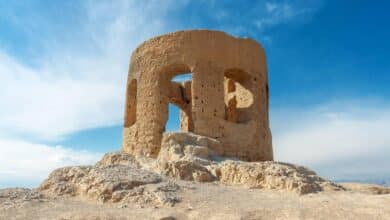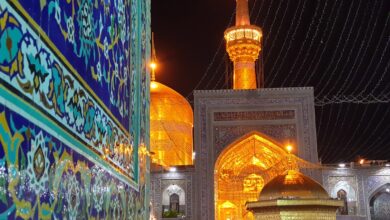What Language Do Iranians Speak?
Learn About the Persian Language And Other Languages Used in Iran
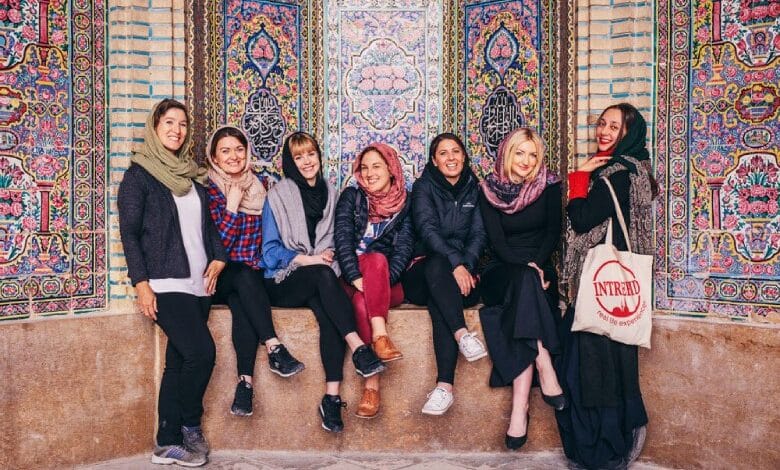
Iran, a country with a rich history and diverse culture, is home to various languages spoken across different regions. While Persian (Farsi) is the official and most widely spoken language, Iran’s linguistic landscape extends far beyond just one tongue. Let’s explore the major languages you might encounter on your journey through this fascinating country.
Contents
Persian (Farsi): The Official Language
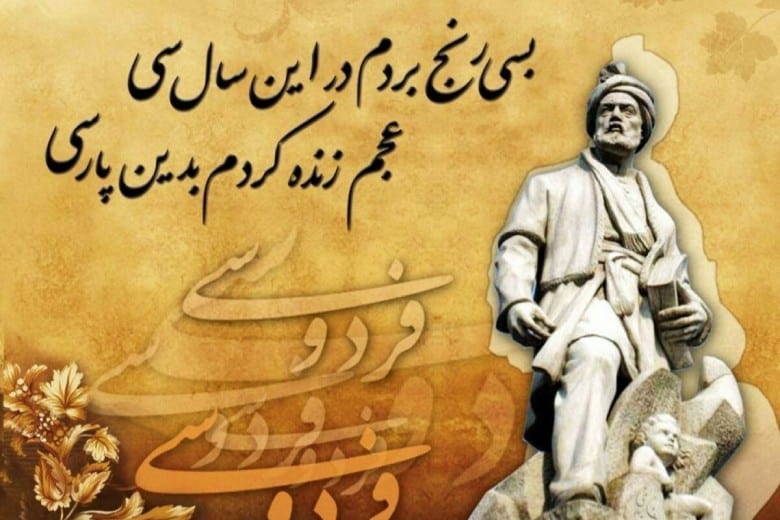
Persian, also known as Farsi, is the official language of Iran. Spoken by around 70% of the population, it serves as the primary means of communication in education, government, and media. Persian is a member of the Indo-Iranian language family, which itself is part of the larger Indo-European group. This means that despite being written in the Arabic script, Persian has significant structural differences from Arabic.
For travelers, learning a few basic Persian phrases will go a long way in Iran, as locals greatly appreciate efforts to speak their language. Whether you’re asking for directions, ordering food, or greeting someone, showing an interest in Persian culture and language can lead to warmer interactions.
Useful Persian Phrases for Tourists:
- Salam (Hello)
- Khodafez (Goodbye)
- Merci (Thank you – borrowed from French)
- Baleh (Yes) / Na (No)
For those interested in cultural immersion, consider joining a SURFIRAN tour that offers cultural experiences where local guides can help bridge the language gap, enriching your travel experience.

Azeri: Iran’s Largest Minority Language
Iran is home to a large Azeri population, particularly in the northwestern regions like Tabriz and Ardabil. Azeri, a Turkic language, is spoken by approximately 16% of the population. If you’re traveling to areas like East Azerbaijan and West Azerbaijan, hearing Azeri is common.
Despite the prominence of Persian as the national language, Azeri is actively spoken at home and in community settings. In fact, many signs and local businesses may have Azeri-language elements.
When exploring Ardabil and visiting iconic sites like the Sheikh Safi al-Din Khanegah and Shrine Ensemble, knowing a few Azeri phrases could enhance your trip and make local interactions even more special.
Kurdish: Spoken in Western Iran
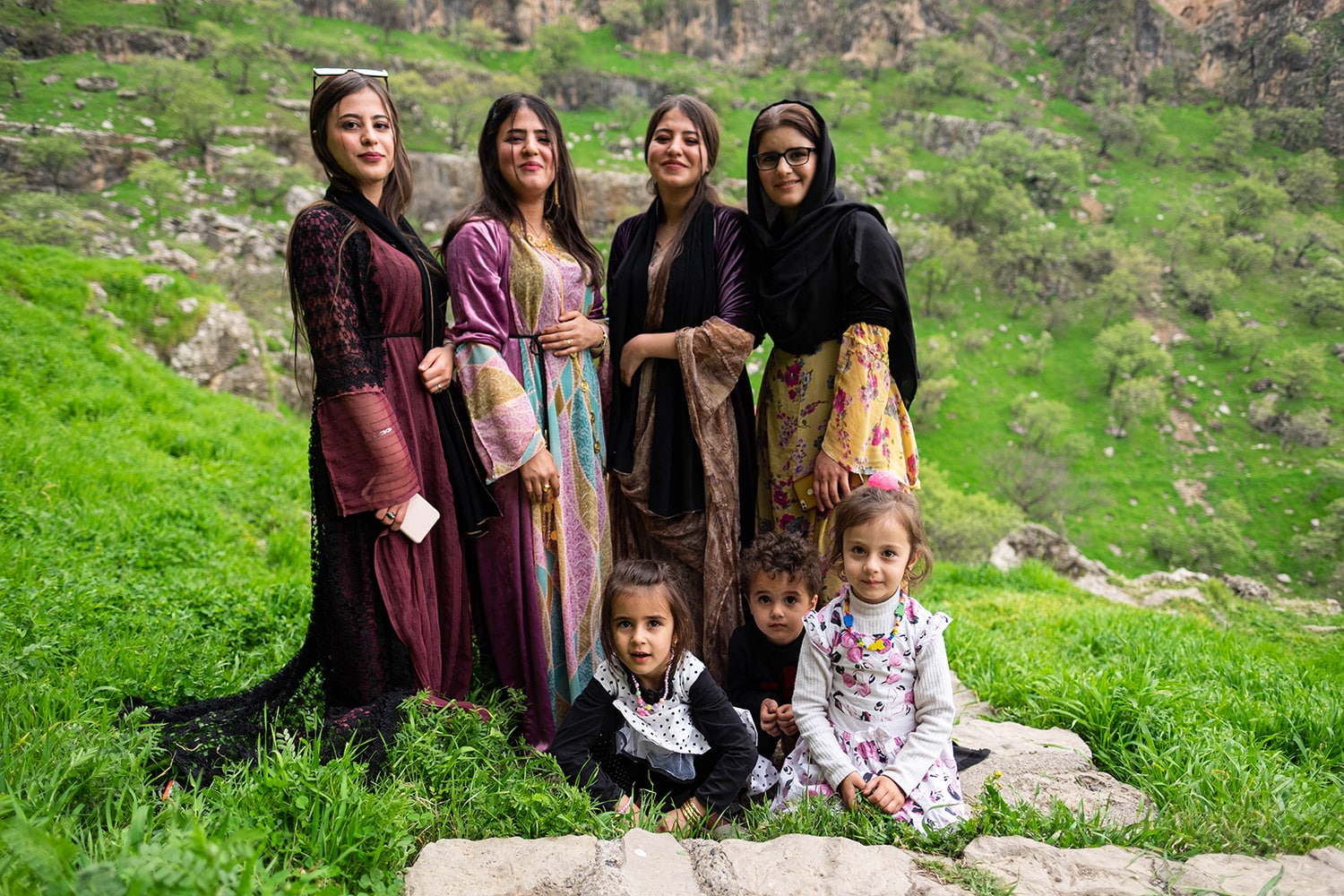
In western Iran, especially in the regions bordering Iraq, you’ll encounter Kurdish-speaking communities. Iran’s Kurdish population makes up about 10% of the country, and they primarily speak the Kurmanji and Sorani dialects of Kurdish.
Travelers heading to Kermanshah or Sanandaj may hear Kurdish spoken alongside Persian. The Kurdish culture in these regions is vibrant, with traditional music, dance, and attire frequently visible. Engaging with the Kurdish community is a highlight of traveling through Iran’s west, and learning a few Kurdish words can provide a deeper connection to this ancient and proud culture.
BOOK ONLINE
Iran Hotels
Here’s the translated and prepared table in English:
| No. | Language | Population (2016) | Percentage of Total Population (2016) |
|---|---|---|---|
| Iranian Languages | |||
| 1 | Persian (Farsi) | 50,400,000 | 62.74% |
| 2 | Kurdish | 5,590,000 | 6.95% |
| 3 | Gilaki | 2,400,000 | 2.98% |
| 4 | Mazandarani | 2,340,000 | 2.91% |
| 5 | Baluchi | 1,920,000 | 2.39% |
| 6 | Luri | 1,700,000 | 2.11% |
| 7 | Laki | 1,000,000 | 1.24% |
| 8 | Tati and Taleshi | 400,000 | 0.49% |
| 9 | Other Iranian languages | Limited | 0.04% |
| Total Iranian Languages | 65,750,000 | 81.45% | |
| Non-Iranian Languages | |||
| 1 | Azerbaijani Turkish | 10,900,000 | 13.57% |
| 2 | Turkmen | 790,000 | 0.98% |
| 3 | Khorasani Turkish | 886,000 | 1.10% |
| 4 | Qashqai Turkish | 959,000 | 1.19% |
| 5 | Arabic | 1,320,000 | 1.64% |
| 6 | Armenian and Georgian | 100,000 | 0.12% |
| 7 | Assyrian | 15,000 | 0.02% |
| 8 | Other non-Iranian languages | Limited | 0.02% |
| Total Non-Iranian Languages | 14,970,000 | 18.55% | |
| Cumulative Total | All Languages in Iran | 80,720,000 | 100% |
Arabic: A Historic Language of the South
In the southern regions of Iran, particularly Khuzestan Province, Arabic is commonly spoken by the Arab minority. Arabic holds historical significance in Iran, especially in the context of Islam and religious practices. However, the local Arabic dialects spoken in Iran can differ from the standard Arabic used across the Arab world. Visitors traveling to Ahvaz or other parts of the Khuzestan region may encounter Arabic speakers.
It’s worth noting that while Arabic has been a prominent religious and scholarly language, most Iranians, regardless of ethnicity, are more comfortable with Persian in daily interactions.
Baluchi: Language of Southeastern Iran
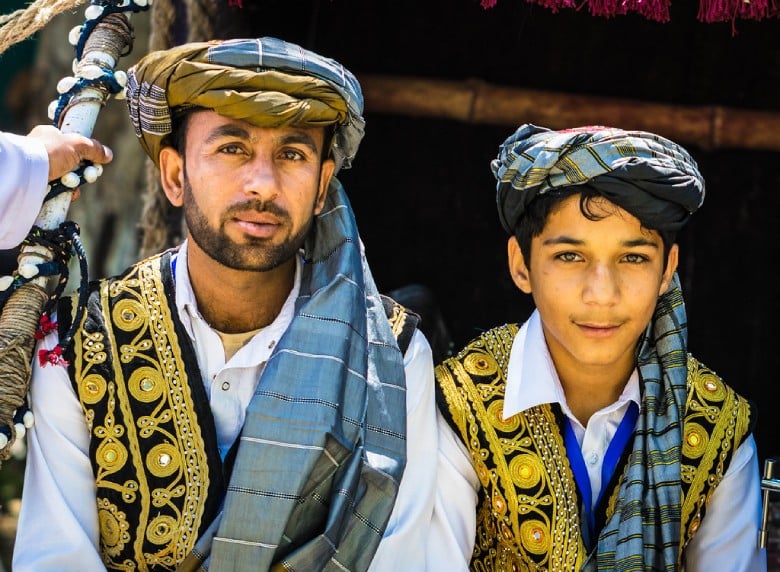
Baluchi is spoken by the Baluch people in Sistan and Baluchestan, located in southeastern Iran near the Pakistan border. Baluchi is part of the Northwestern Iranian language group and shares linguistic roots with Persian, though it remains distinct. If you plan to visit Zahedan or Chabahar, knowing a bit about Baluchi culture and language can deepen your experience in this region.
Baluchistan is a less frequently visited part of Iran but offers stunning landscapes and a unique cultural heritage. Tours by operators like SURFIRAN can help you navigate this remote area while respecting the cultural and linguistic diversity.
IRAN GROUP TOURS
Join our Iran tours, connecting you with like-minded travelers and streamlining the organization process.
Other Languages: Armenian and Luri
Iran’s Armenian community is mainly found in Isfahan and Tehran, where Armenian is spoken alongside Persian. Armenian churches and cultural centers, especially in Isfahan’s Jolfa district, are key attractions for travelers interested in Iran’s Christian minority.
Additionally, the Luri language is spoken by the Lurs of Lorestan and Kohgiluyeh and Boyer-Ahmad provinces. Luri is closely related to Persian but is distinct enough to be considered a separate language. For those venturing into the Zagros Mountains, learning about Luri culture is a rewarding part of the journey.
Conclusion
Iran’s linguistic diversity is as rich as its cultural history. Whether you’re exploring Tehran, wandering the bazaars of Tabriz, or trekking through the Zagros Mountains, you’ll encounter a variety of languages that reflect the country’s ethnic and cultural mosaic. While Persian is the official and most widely spoken language, regional languages like Azeri, Kurdish, Arabic, and Baluchi are integral to Iran’s identity.
